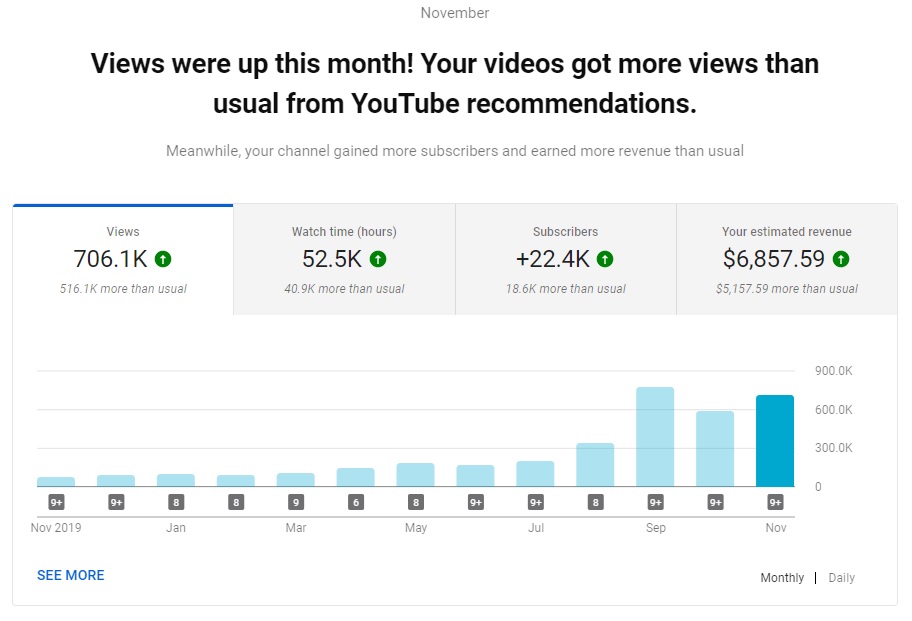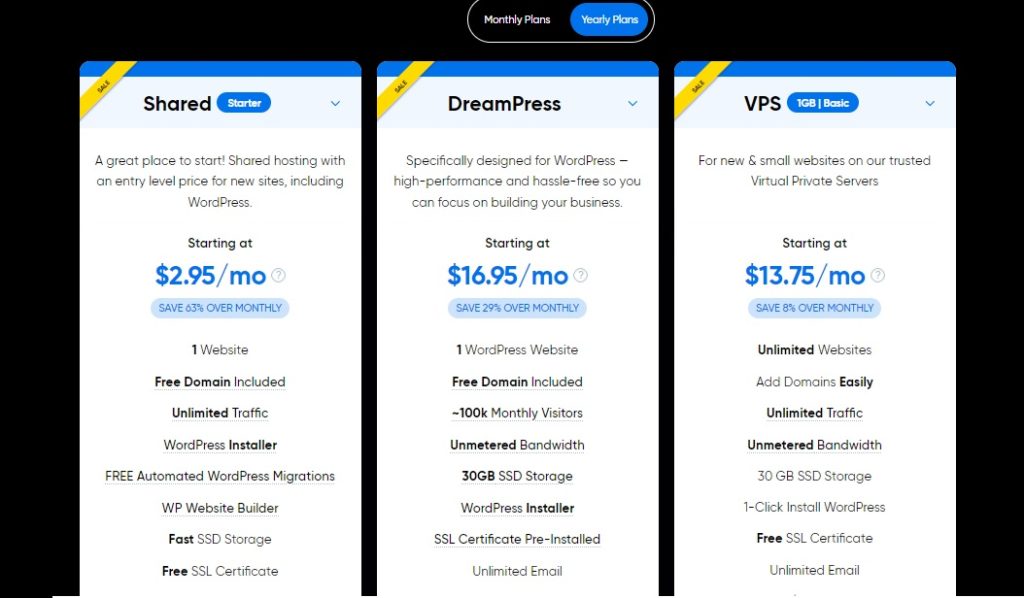Video Seo how much that is effective in ranking
In today’s digital landscape, leveraging video content has become increasingly essential for businesses aiming to enhance their online presence. However, merely creating compelling videos is not enough; optimizing them for search engines is crucial to ensure maximum visibility and engagement. This comprehensive guide will walk you through the steps to effectively implement SEO strategies for your videos and do video seo.
Mastering Video SEO: A Step-by-Step Guide
In today’s digital landscape, video content has become a powerhouse for engagement and audience reach. With platforms like YouTube, TikTok, and Instagram dominating the online space, optimizing videos for search engines has become essential for visibility and success. This guide will provide you with actionable strategies to enhance your video SEO and drive organic traffic to your content.By implementing these strategies, you can optimize your videos for search engines and increase their visibility to a broader audience. Remember to create high-quality, engaging content that resonates with your target audience, and consistently refine your approach based on performance data and industry best practices. With dedication and strategic optimization, your videos can rise to the top of search results and attract valuable organic traffic.
- Keyword Research: Conduct thorough keyword research to identify relevant terms and phrases that your target audience is likely to use when searching for content related to your video. Utilize tools like Google Keyword Planner, SEMrush, or Ahrefs to discover high-volume keywords with low competition.Just like with traditional SEO, keyword research is the foundation of video SEO. Identify relevant keywords and phrases that your target audience is likely to search for. Tools like Google Keyword Planner, SEMrush, and YouTube’s own search suggest feature can help you discover popular search terms related to your video content.
- Title Optimization: Craft a compelling and descriptive title for your video that includes your primary keyword. Keep it concise, informative, and engaging to attract clicks from search engine users. Aim to create titles that accurately represent the content of your video while enticing viewers to watch.
- Description: Write a detailed and keyword-rich description for your video. Provide a summary of the content, include relevant keywords, and include links to your website or other related resources. Use the description to provide additional context and information that will help search engines understand the content of your video.

- Tags: Choose relevant tags for your video that accurately describe its content and target keywords. Tags help categorize your video and improve its visibility in search results and related videos. Include a mix of broad and specific tags to maximize your video’s reach.
- Thumbnail Optimization: Design an eye-catching and compelling thumbnail for your video that accurately represents its content and entices users to click. Avoid misleading thumbnails that may result in high bounce rates and lower engagement. Use high-quality images and include text or visuals that highlight the value proposition of your video.
- Video Transcript: Provide a complete transcript of your video’s dialogue and narration. Transcripts make your video content accessible to a wider audience, including those with hearing impairments, and can also improve search engine indexing. Include relevant keywords naturally within the transcript to enhance SEO.
- Video Hosting and Schema Markup: Choose a reliable video hosting platform such as YouTube or Vimeo to host your videos. Implement schema markup to provide search engines with structured data about your video, including its title, description, duration, and thumbnail image. Schema markup can help improve the visibility of your video in search results.
- Engagement and Promotion: Encourage user engagement with your video by asking viewers to like, comment, and share it. Respond promptly to comments and engage with your audience to foster a sense of community around your video content. Promote your videos across your website, social media channels, email newsletters, and other relevant platforms to increase visibility and drive traffic.
- Monitor Performance and Iterate: Track the performance of your videos using analytics tools provided by your chosen hosting platform or third-party analytics software. Monitor metrics such as views, watch time, engagement, and conversion rates to gauge the effectiveness of your SEO efforts. Use this data to identify areas for improvement and iterate on your video SEO strategy accordingly.
- Optimize Video Title and Description: Your video title and description play a crucial role in determining its search visibility. Include your target keyword naturally in the title and description to improve relevance. Craft compelling titles that accurately describe your content and entice viewers to click. Write detailed descriptions that provide context and additional information about the video.
- Create Engaging Thumbnails: Thumbnails are the first thing users see when browsing through search results or recommended videos. Design eye-catching thumbnails that accurately represent your video’s content and compel users to click. Use high-resolution images, clear text, and contrasting colors to make your thumbnails stand out.
- Transcribe Your Videos: Providing a transcript of your video content not only improves accessibility for hearing-impaired viewers but also enhances your video’s SEO. Search engines can crawl and index text-based content more effectively than audio or video alone. Include a full transcript of your video in the description or as captions to improve search visibility.
- Optimize Video Metadata: In addition to the title and description, optimize other metadata elements such as tags, categories, and video file names. Use relevant tags to provide additional context to search engines about the content of your video. Choose the most appropriate category for your video to help it appear in relevant search results.
- Promote Social Sharing: Encourage viewers to share your videos on social media platforms to increase their reach and visibility. Social signals such as likes, shares, and comments can indirectly impact your video’s SEO by signaling its popularity and relevance to search engines.
- Optimize Video Length and Quality: While there’s no one-size-fits-all answer to the ideal video length, aim to create content that is engaging and informative without unnecessary filler. Focus on delivering value to your audience within a reasonable timeframe. Additionally, ensure that your videos are of high quality both in terms of production value and content relevance.
- Monitor Performance and Iterate: Regularly monitor the performance of your videos using analytics tools provided by platforms like YouTube and Google Analytics. Pay attention to metrics such as watch time, engagement, and traffic sources. Use these insights to identify areas for improvement and refine your video SEO strategy over time.
- Optimize Video Length for Different Platforms: Different platforms have varying preferences when it comes to video length. While YouTube might favor longer-form content, platforms like TikTok thrive on shorter, more concise videos. Tailor your video length to each platform’s audience and algorithm preferences to maximize engagement and reach.
- Utilize Video Schema Markup: Implement video schema markup on your website to provide search engines with additional information about your videos. Schema markup can enhance rich snippets in search results, increasing visibility and click-through rates. Include details such as video duration, thumbnail URL, and upload date within your schema markup.
- Encourage User Engagement: Actively encourage viewers to engage with your videos through likes, comments, and subscriptions. Engaging videos with high levels of interaction are more likely to rank well in search results and attract additional views over time. Respond promptly to comments and foster a sense of community around your video content.
- Optimize Video Embeds: If you embed your videos on external websites or blogs, ensure that the embed code includes relevant metadata such as title, description, and tags. Optimized embeds can contribute to improved search visibility and drive traffic back to your original video hosting platform.

- Promote Cross-Channel Sharing: Leverage your other digital channels, such as email newsletters, blogs, and social media profiles, to promote your video content. Cross-channel promotion can expand your reach and drive traffic to your videos from diverse sources, enhancing their overall SEO performance.
- Monitor and Respond to Trends: Stay updated on current trends and topics relevant to your niche or industry. Creating timely videos around trending topics can attract a surge of interest and capitalize on increased search traffic. Monitor social media trends, news stories, and keyword trends to identify opportunities for creating relevant video content.
- Optimize for Voice Search: With the rise of voice-enabled devices and virtual assistants, optimizing your video content for voice search queries is becoming increasingly important. Focus on creating conversational, natural-sounding content that aligns with common voice search queries and long-tail keywords.
- Collaborate with Influencers and Creators: Partnering with influencers or other content creators in your niche can expose your videos to new audiences and amplify your reach. Collaborative videos often attract higher engagement and sharing, leading to improved SEO performance and brand visibility.
- Regularly Update and Refresh Content: Periodically revisit your existing video content to update information, improve production quality, or address changes in audience preferences. Updating older videos with new information or optimizing them for current SEO trends can help maintain their relevance and visibility over time.
- Optimize Video Length and Quality: While there’s no one-size-fits-all answer to the ideal video length, aim to create content that is engaging and informative without unnecessary filler. Focus on delivering value to your audience within a reasonable timeframe. Additionally, ensure that your videos are of high quality both in terms of production value and content relevance.
- Closed Captions and Subtitles: Including closed captions and subtitles in your videos not only improves accessibility for viewers but also provides additional textual content for search engines to index. This can enhance the discoverability of your videos, especially for users who prefer watching content with subtitles or in environments where audio playback is restricted.
- Optimize Video Hosting Platforms: If you’re hosting your videos on platforms like YouTube or Vimeo, take advantage of their built-in optimization features. This includes filling out all available fields in the video upload form, selecting relevant categories and tags, and enabling features like video end screens and cards to encourage viewer engagement and retention.
- Encourage User Engagement: Engagement metrics such as likes, comments, and shares signal to search engines that your video is valuable and engaging for viewers. Encourage viewers to interact with your content by asking questions, prompting discussions, and inviting them to leave comments or share their thoughts. Respond to comments promptly to foster a sense of community around your videos.
- Optimize Video Embeds: If you embed your videos on your website or blog, optimize the embed code to include relevant metadata such as title, description, and tags. This helps search engines understand the content of the embedded video and can improve its visibility in search results, both on your website and on external platforms where the video may be shared.
- Promote Cross-Channel Sharing: Extend the reach of your videos by promoting them across multiple channels and platforms. Share links to your videos on social media, embed them in blog posts or articles, and include them in email newsletters or marketing campaigns. Cross-channel promotion can help attract diverse audiences and increase the overall visibility of your video content.
- Monitor and Analyze Performance: Regularly monitor the performance of your videos using analytics tools provided by video hosting platforms and third-party analytics solutions. Track key metrics such as views, watch time, audience retention, and conversion rates to gauge the effectiveness of your video SEO efforts. Use this data to identify areas for improvement and refine your strategy over time.

By implementing these additional strategies for video SEO, you can enhance the visibility, engagement, and overall effectiveness of your video content. Keep experimenting with different approaches, stay informed about industry trends and best practices, and adapt your strategy based on performance data and audience feedback. With dedication and strategic optimization, your videos can achieve higher rankings in search results and attract a larger audience organically.
By incorporating these advanced strategies into your video SEO approach, you can maximize the impact of your video content and drive sustained organic traffic to your videos across multiple platforms. Keep experimenting, analyzing performance data, and refining your strategy to stay ahead in the competitive landscape of video SEO.
By following these steps and implementing effective SEO strategies, you can optimize your videos for search engines and maximize their visibility, engagement, and impact on your target audience. Stay informed about industry trends and best practices to continuously refine your approach and achieve sustainable results in your video marketing efforts.






